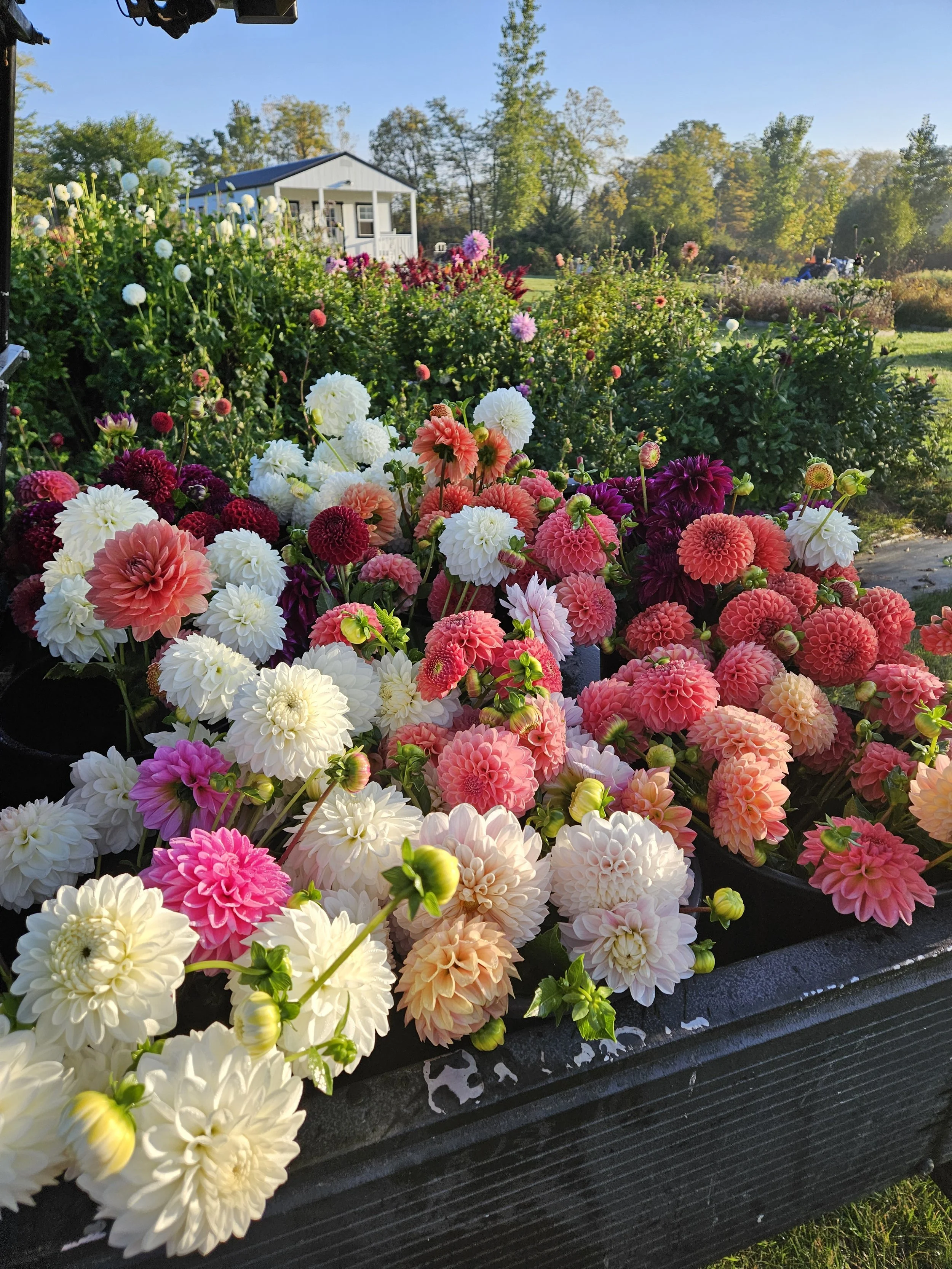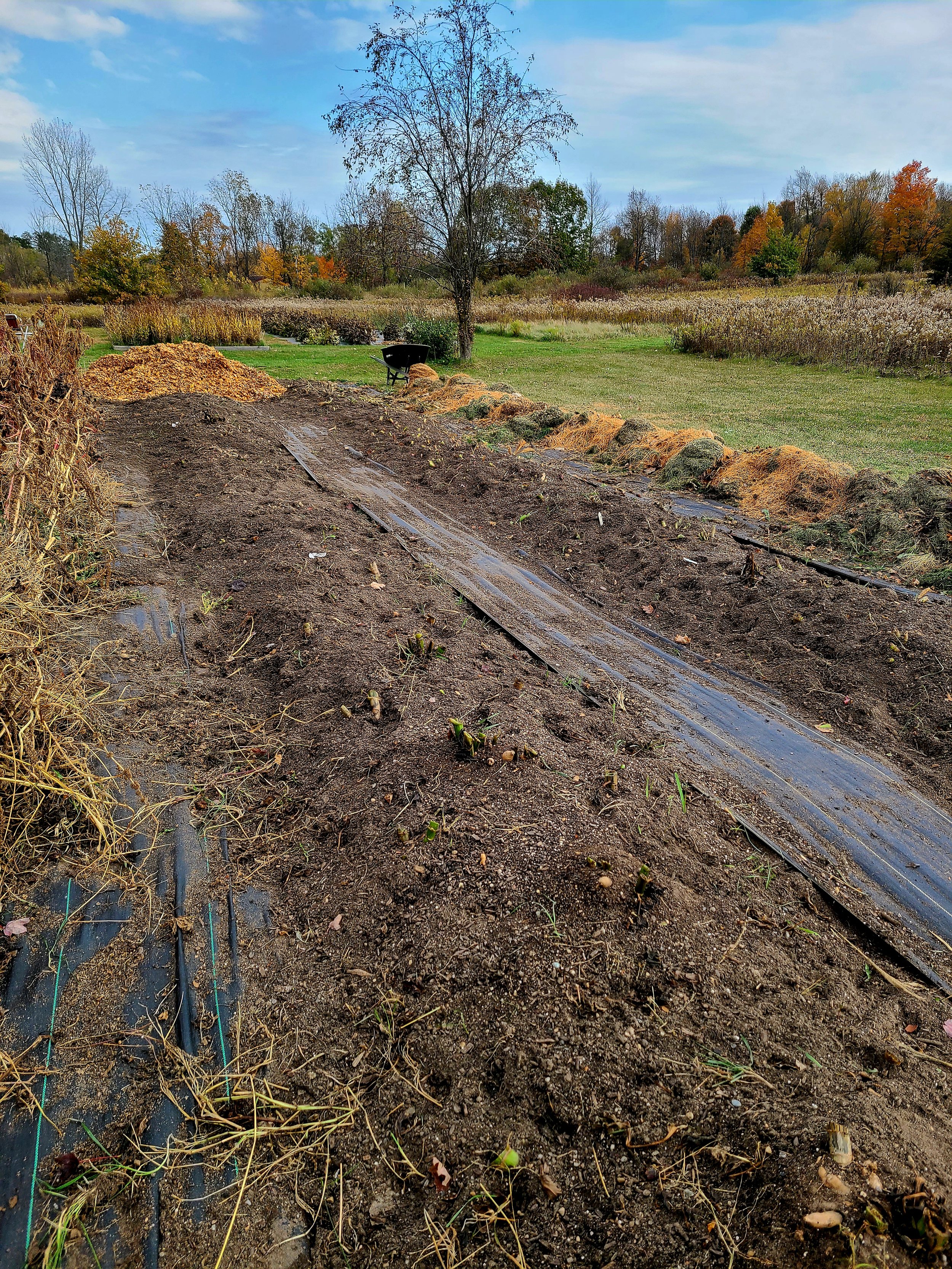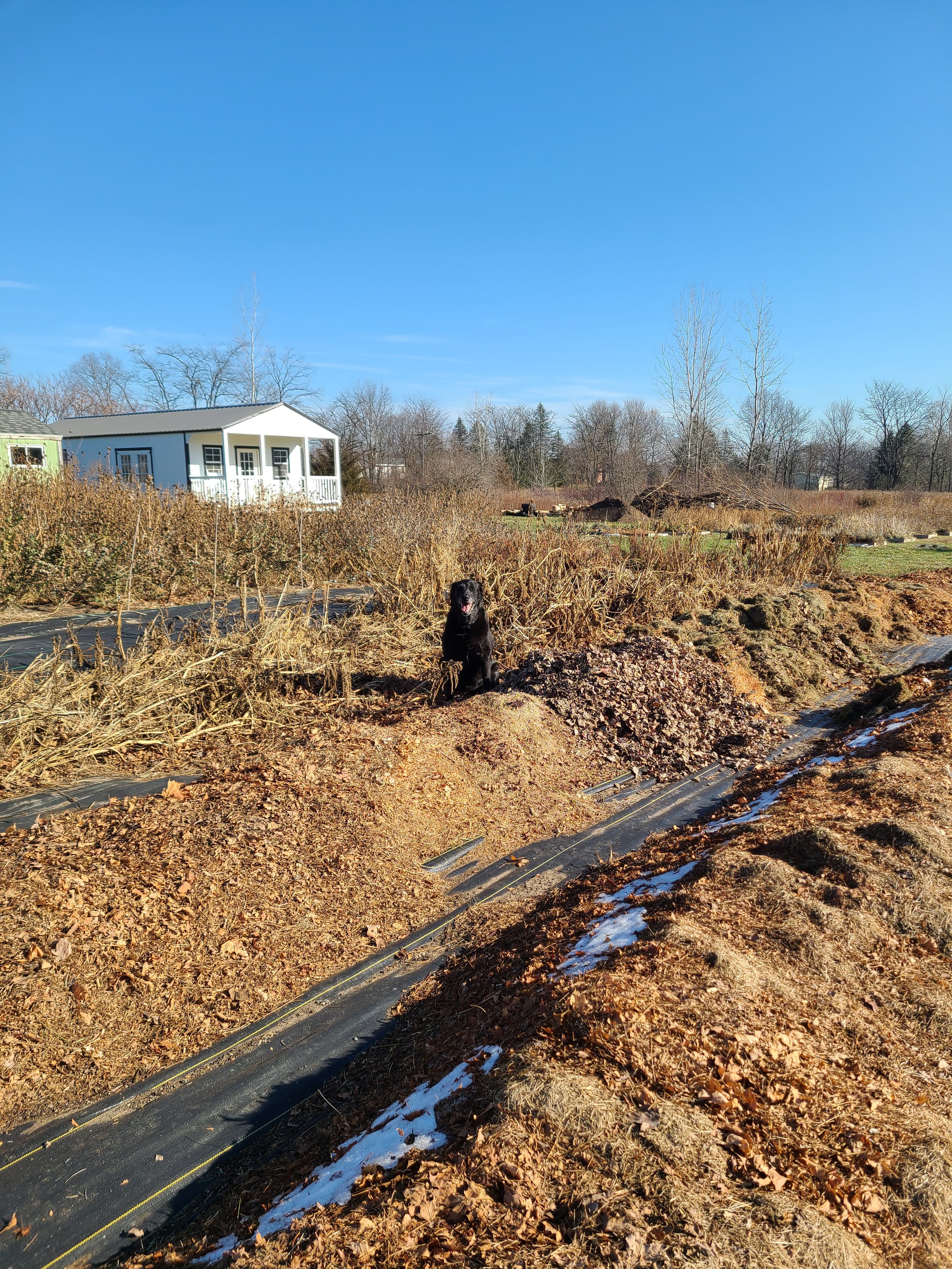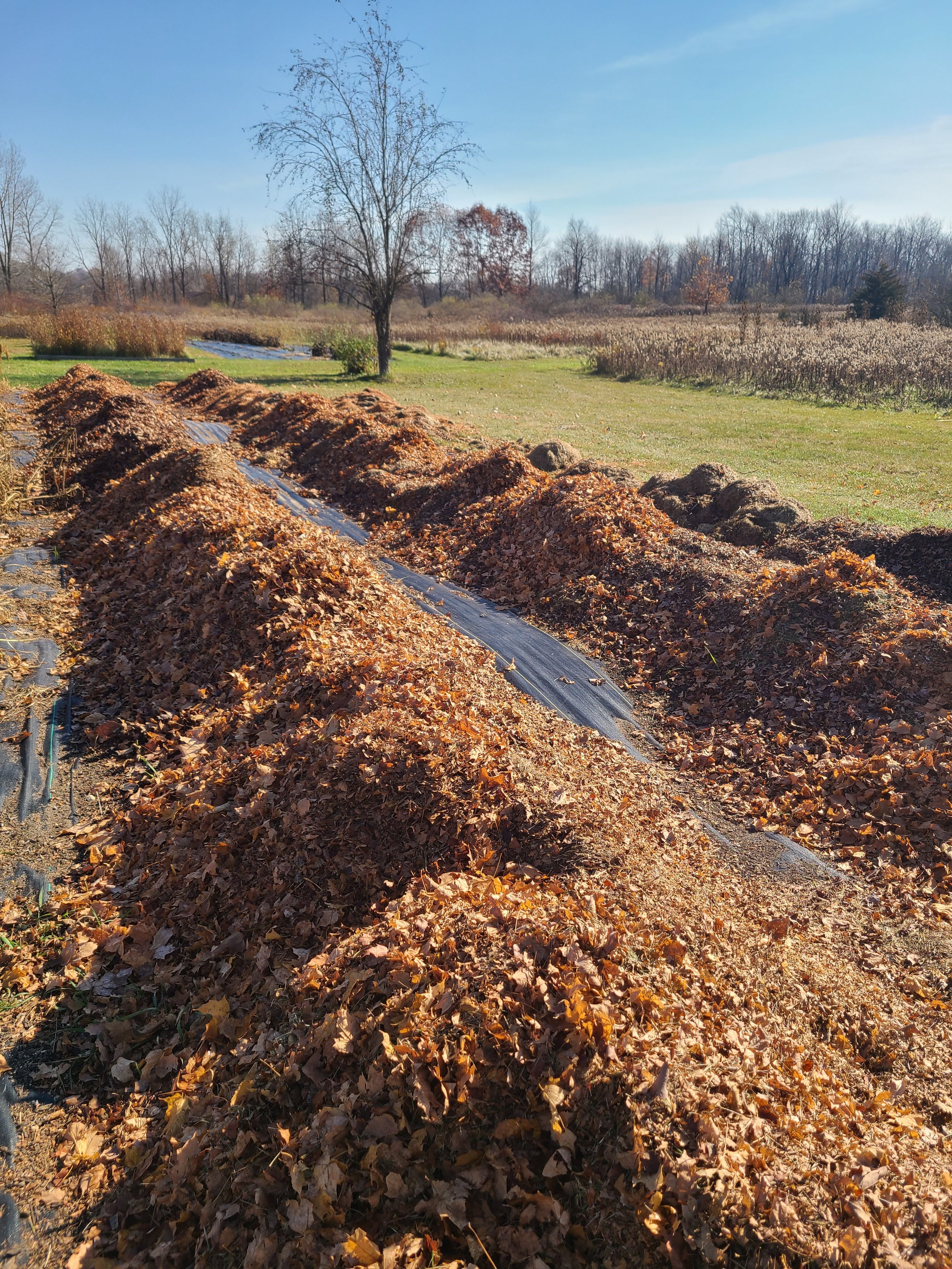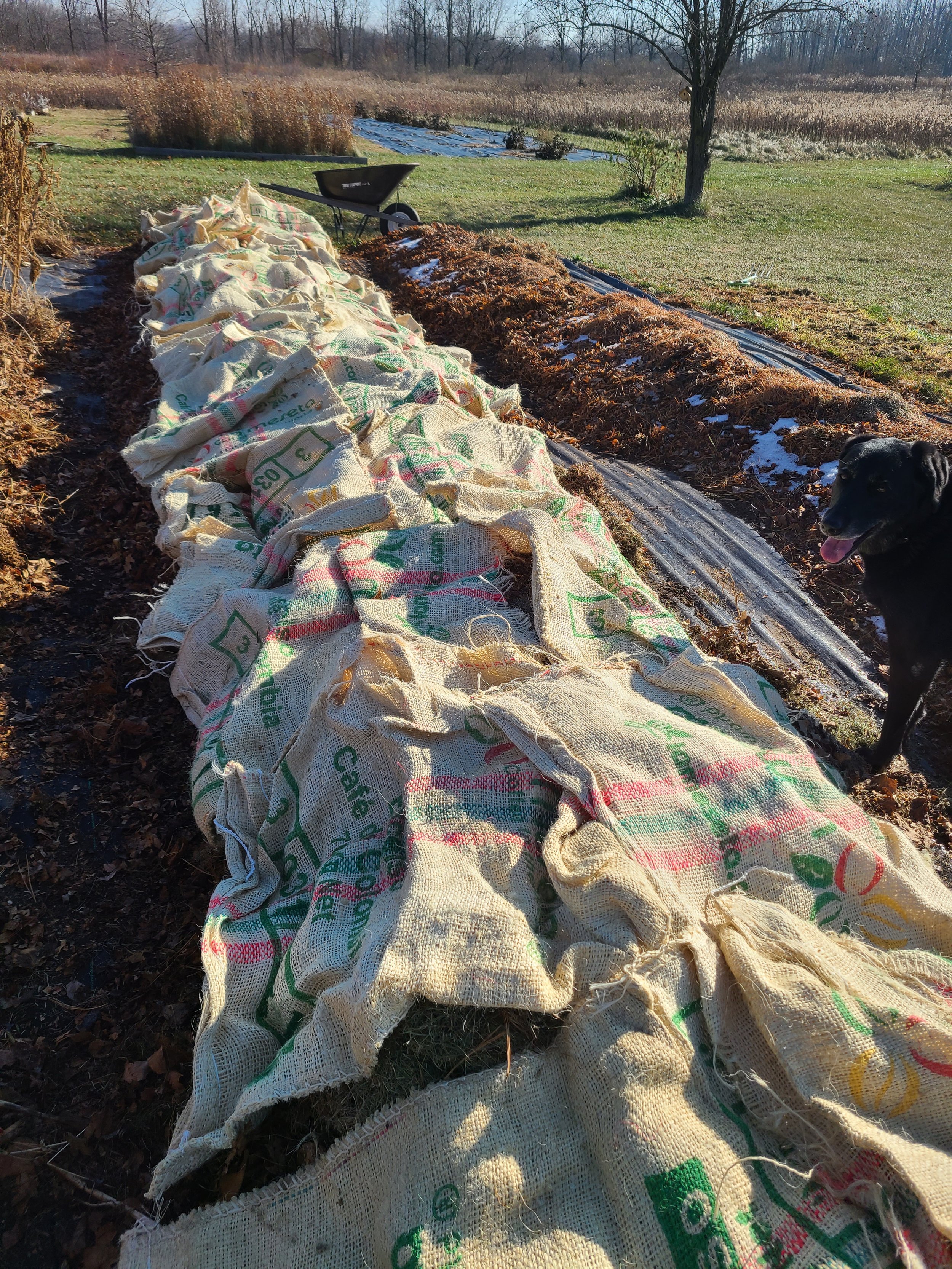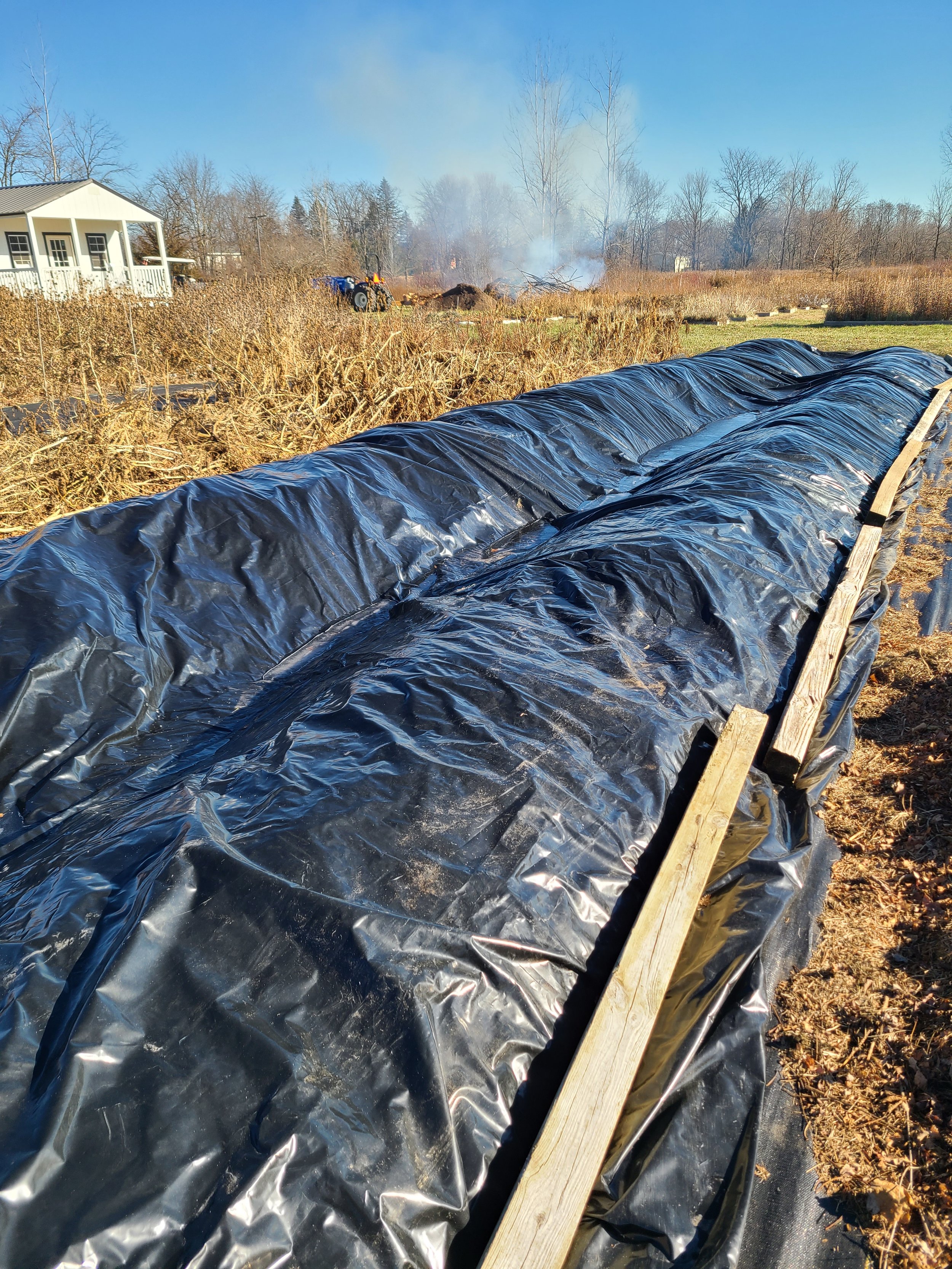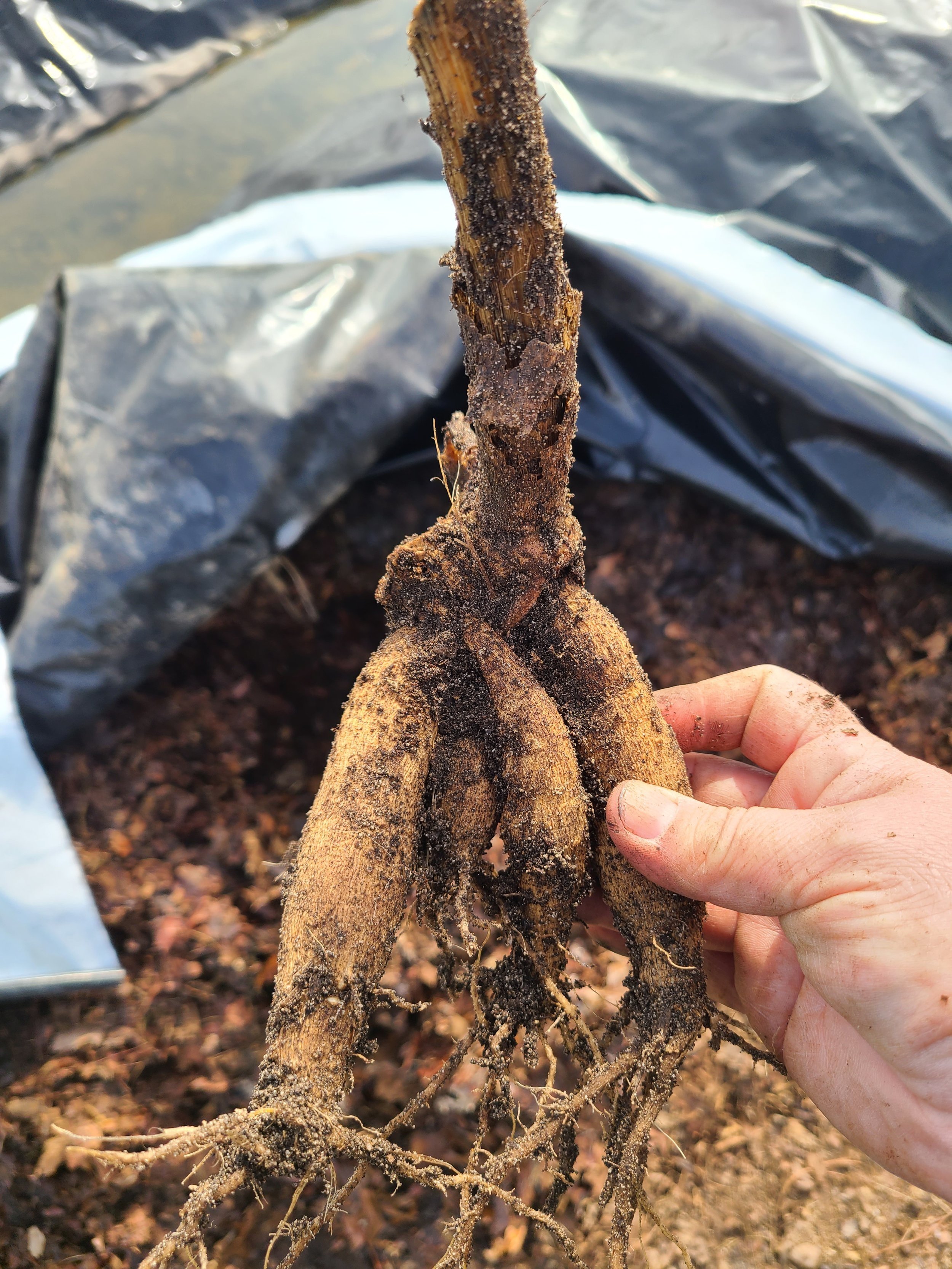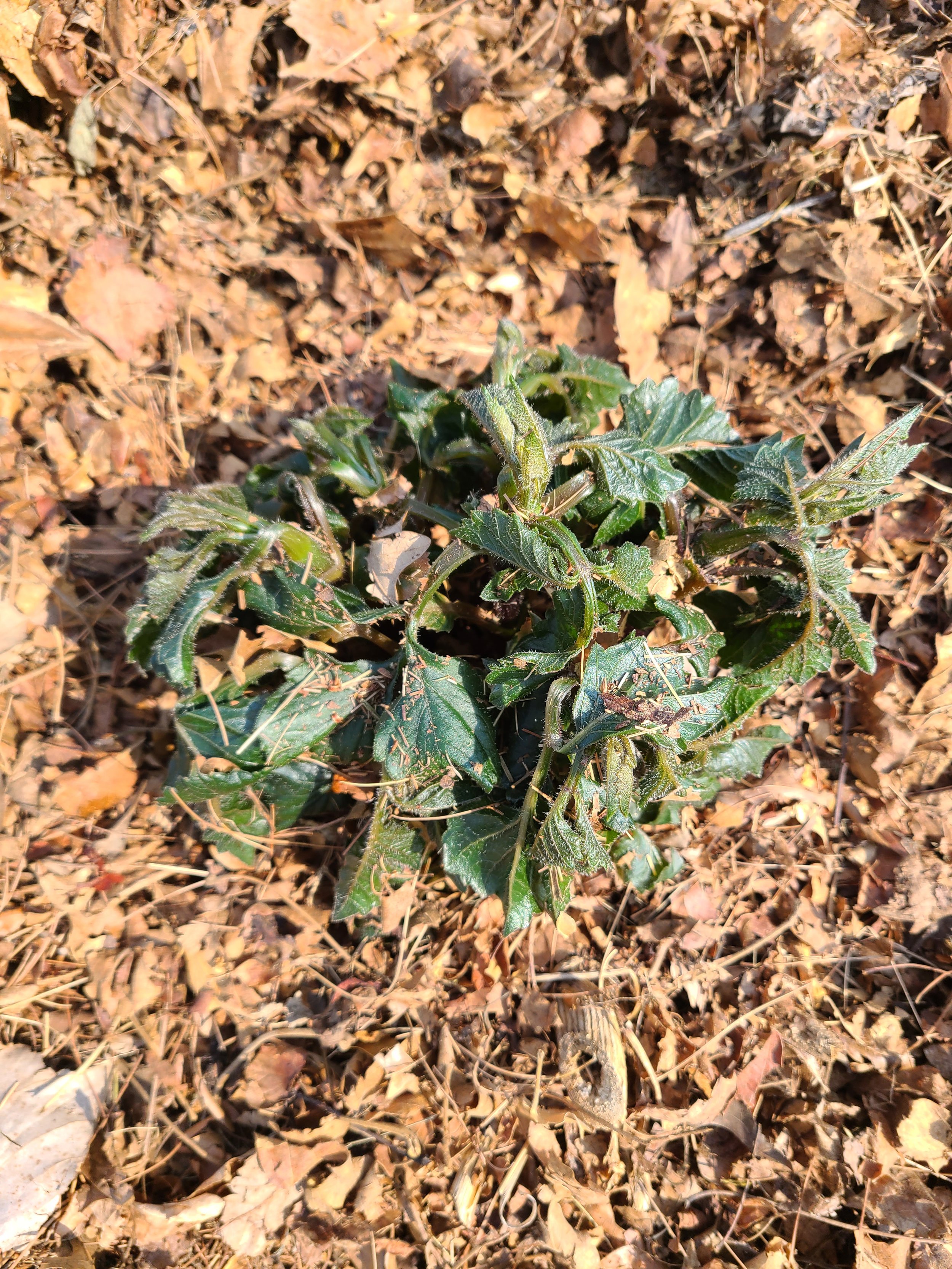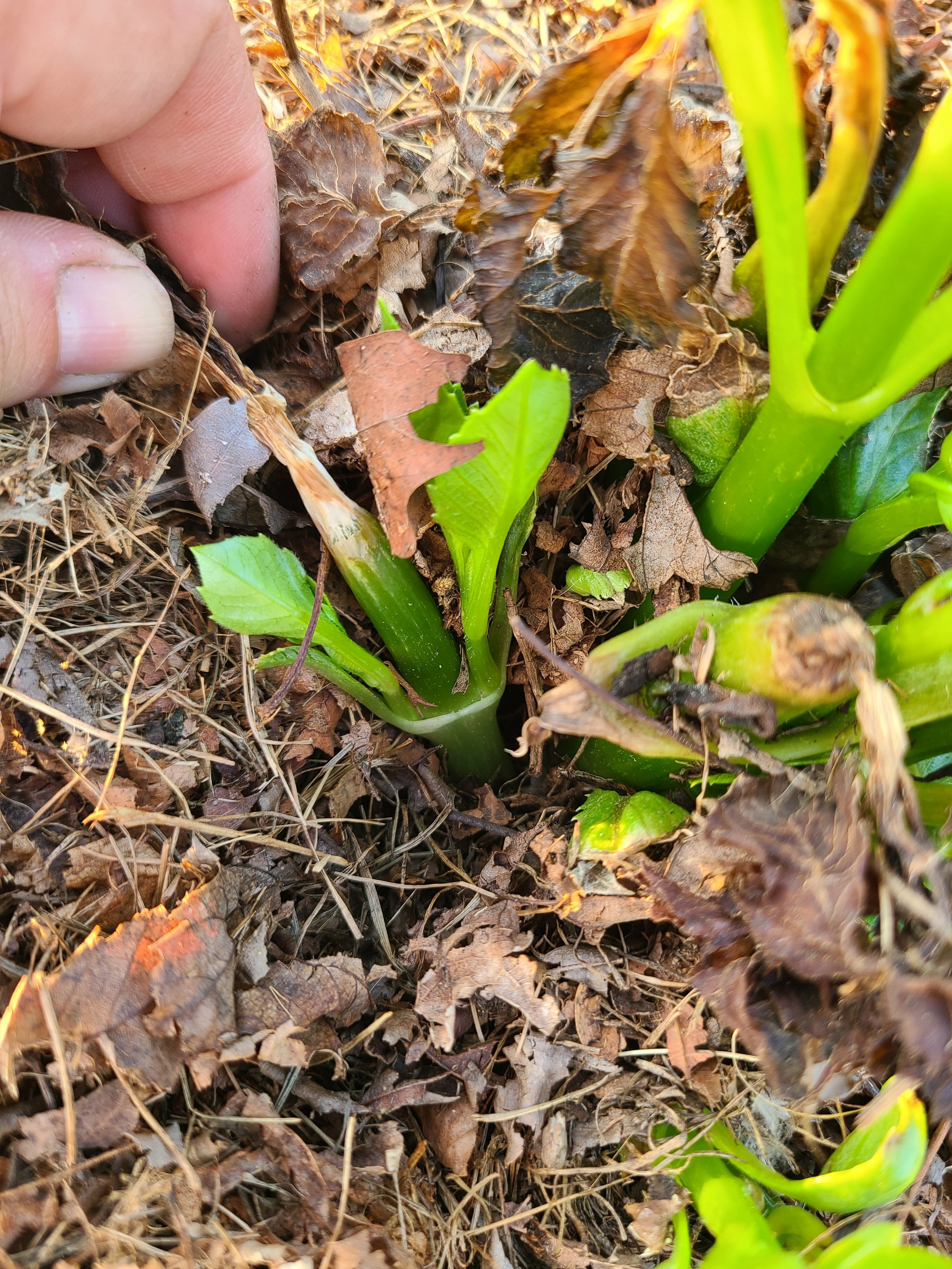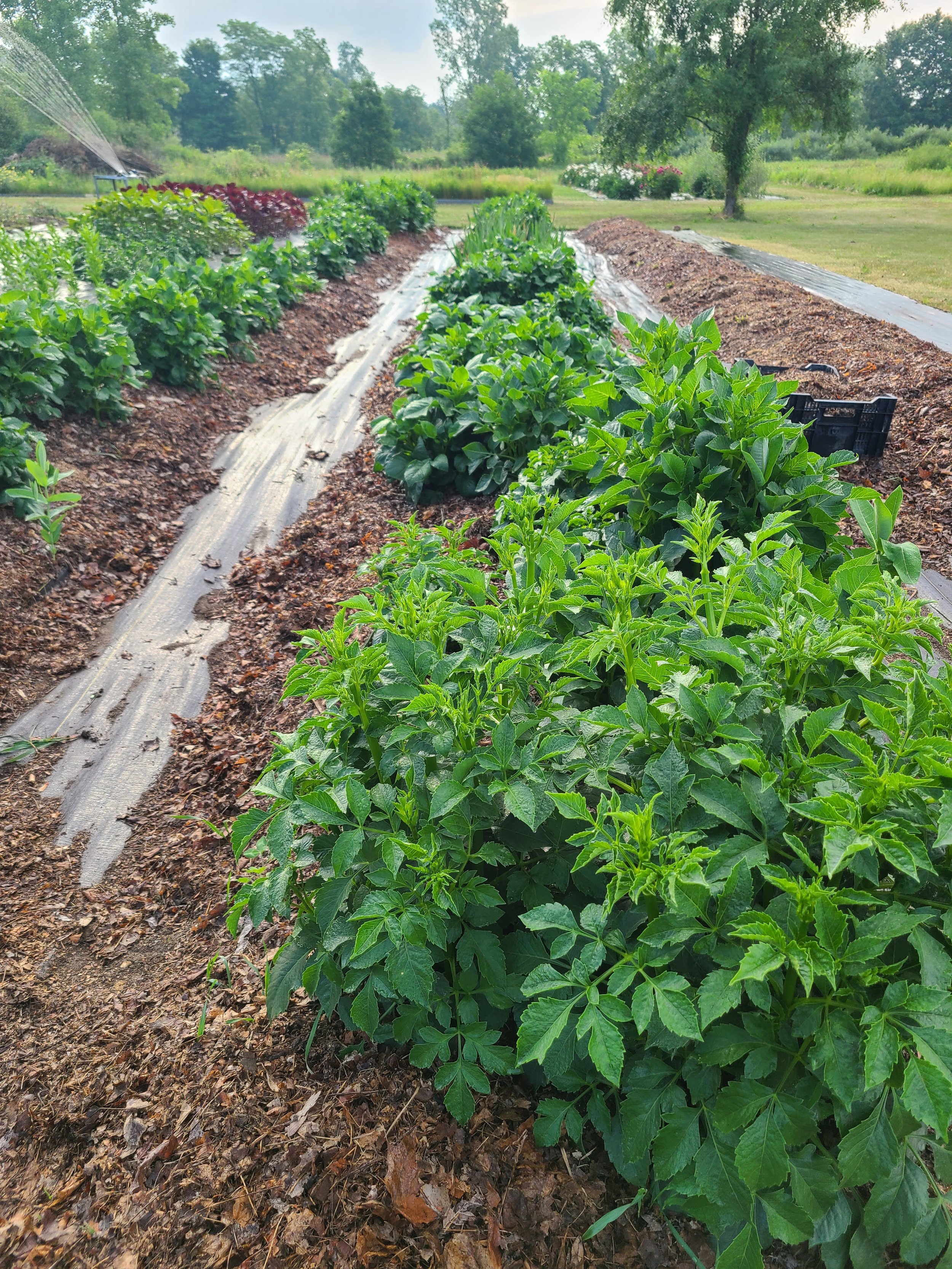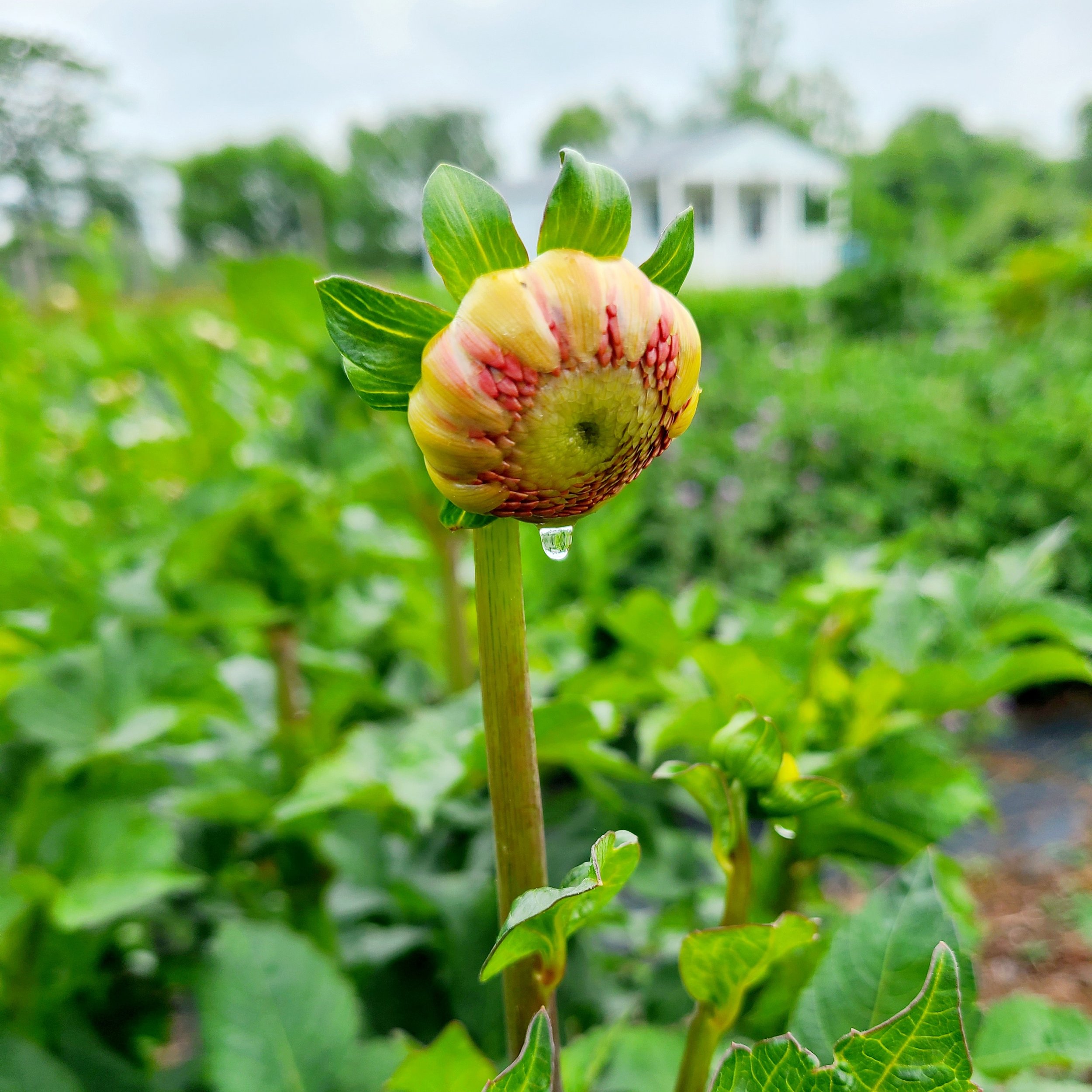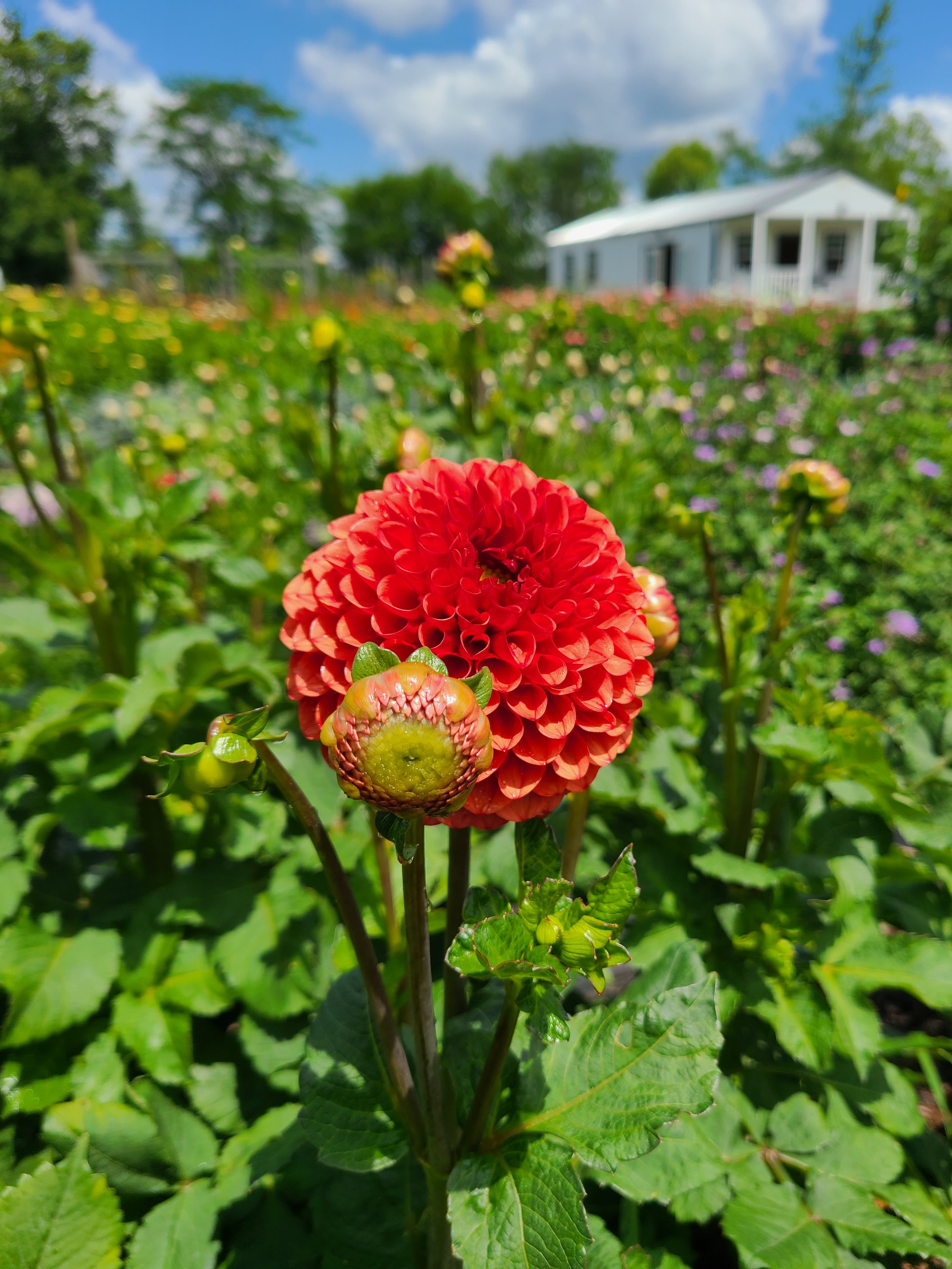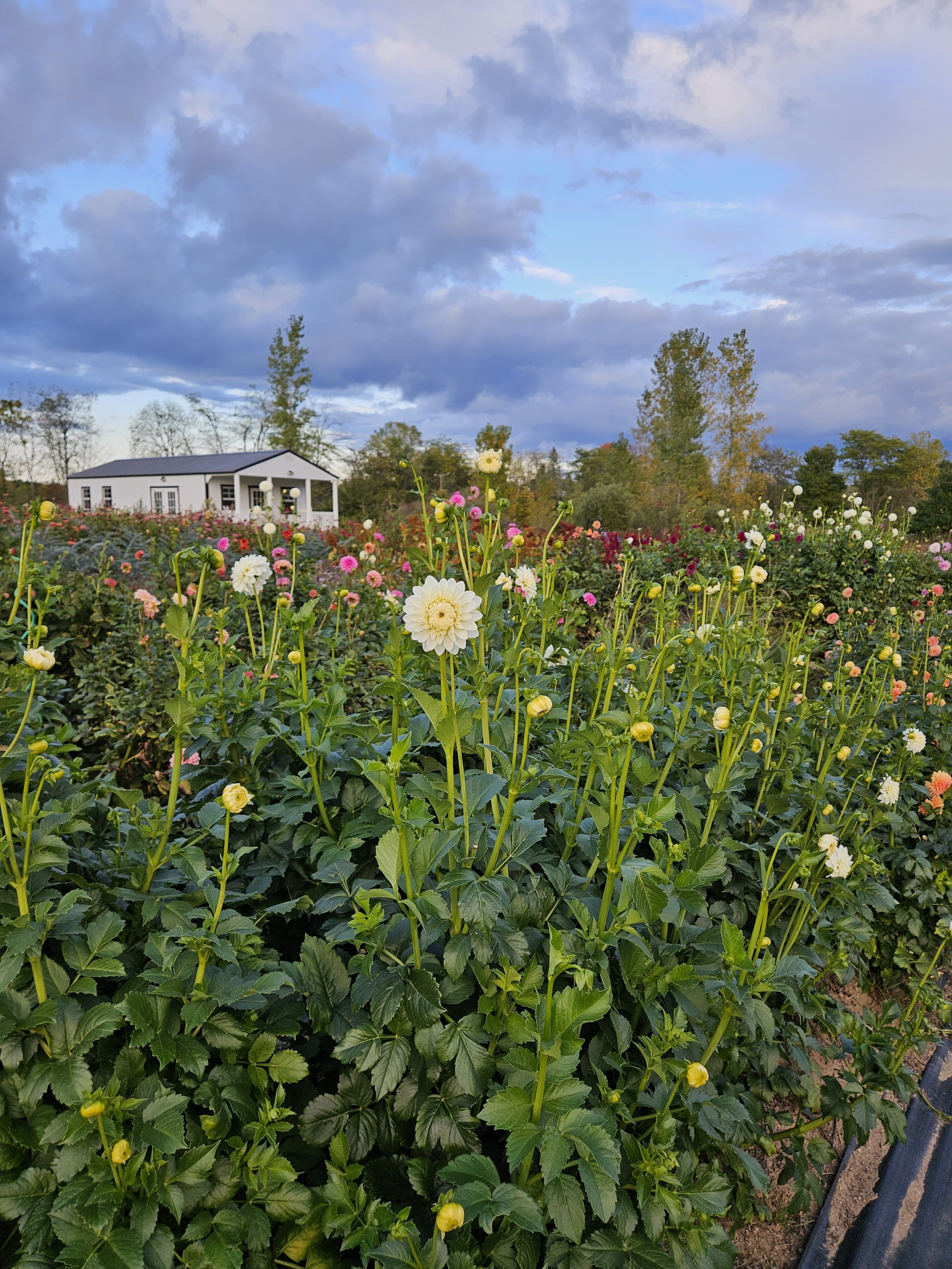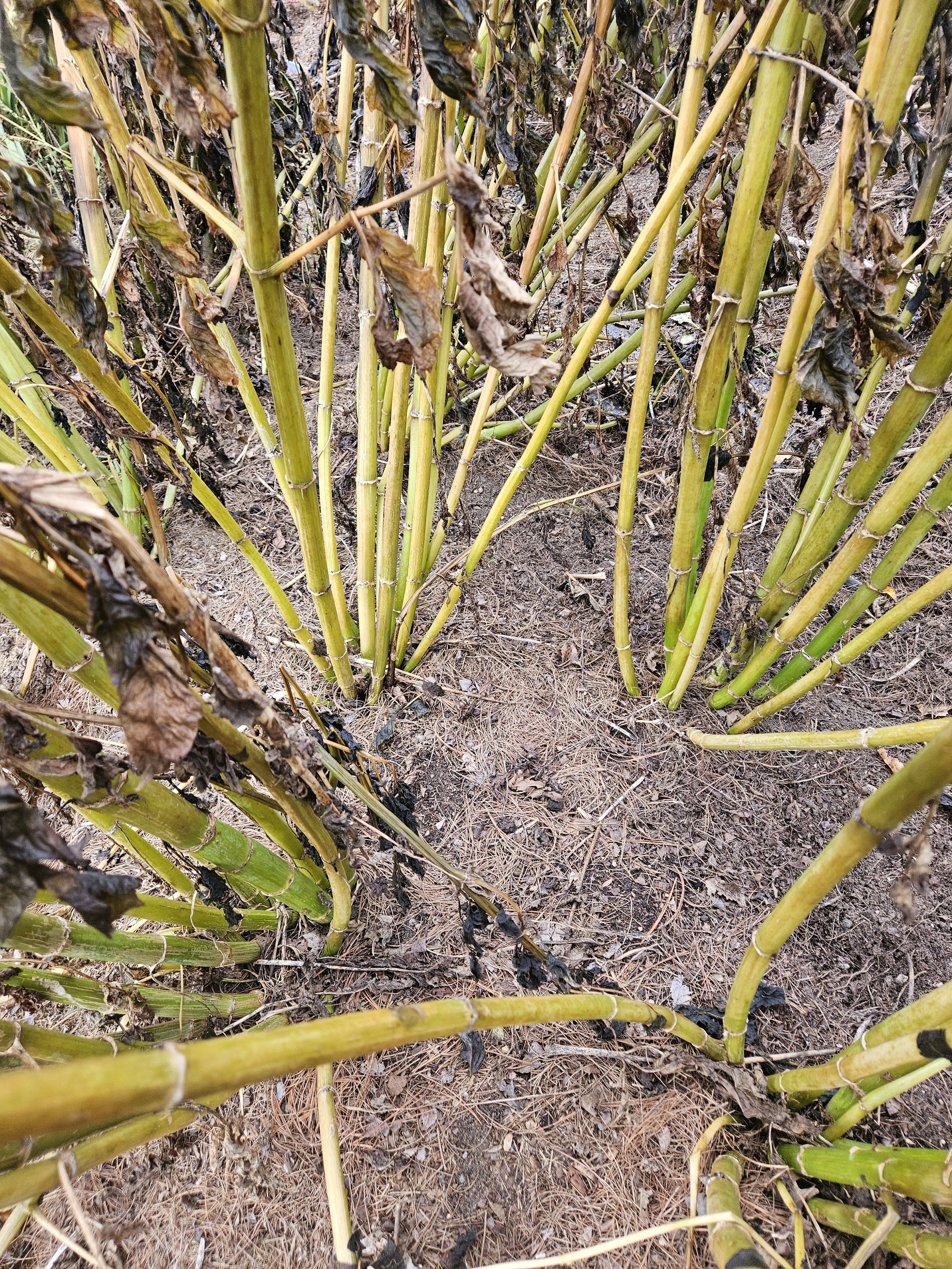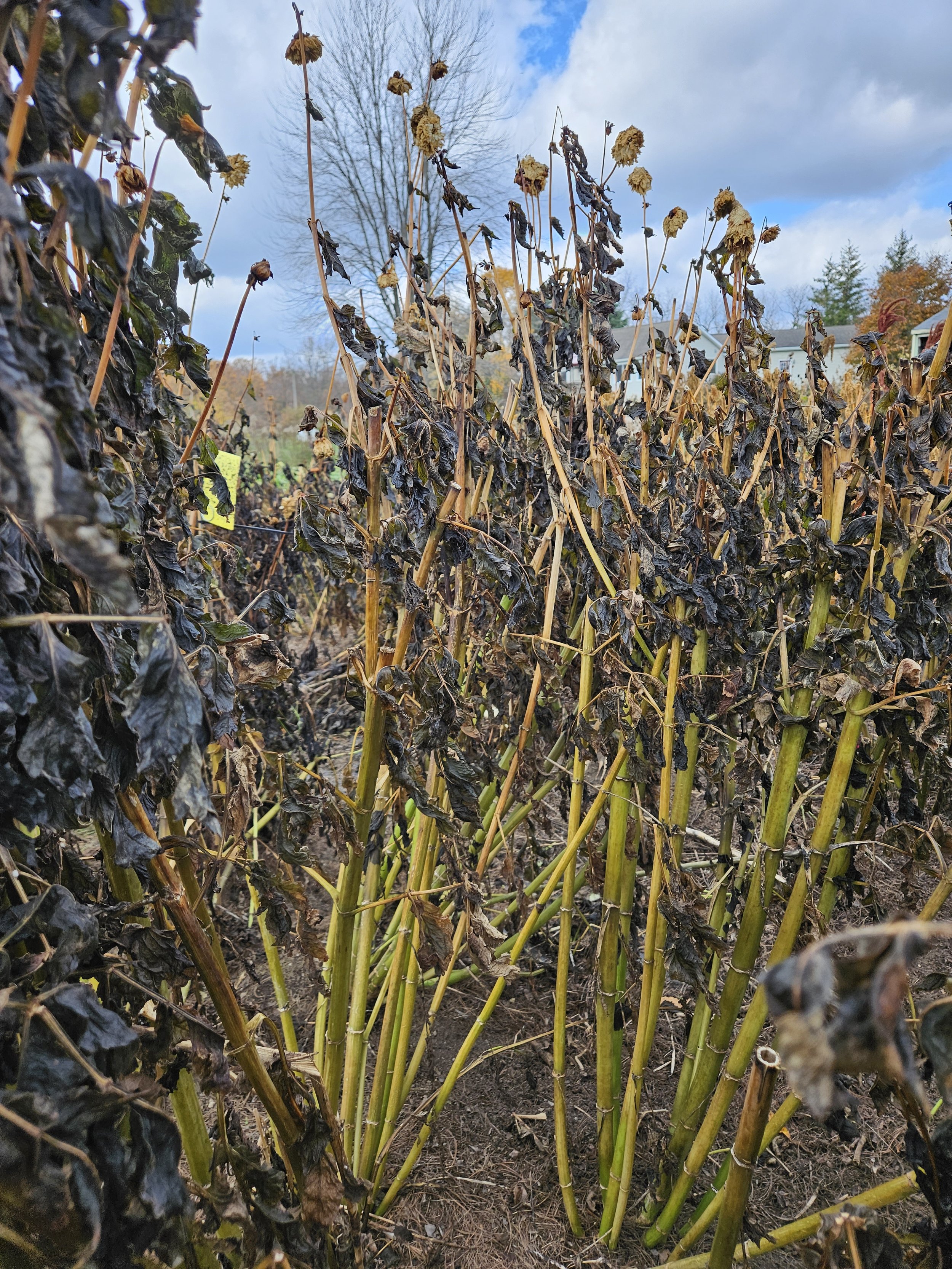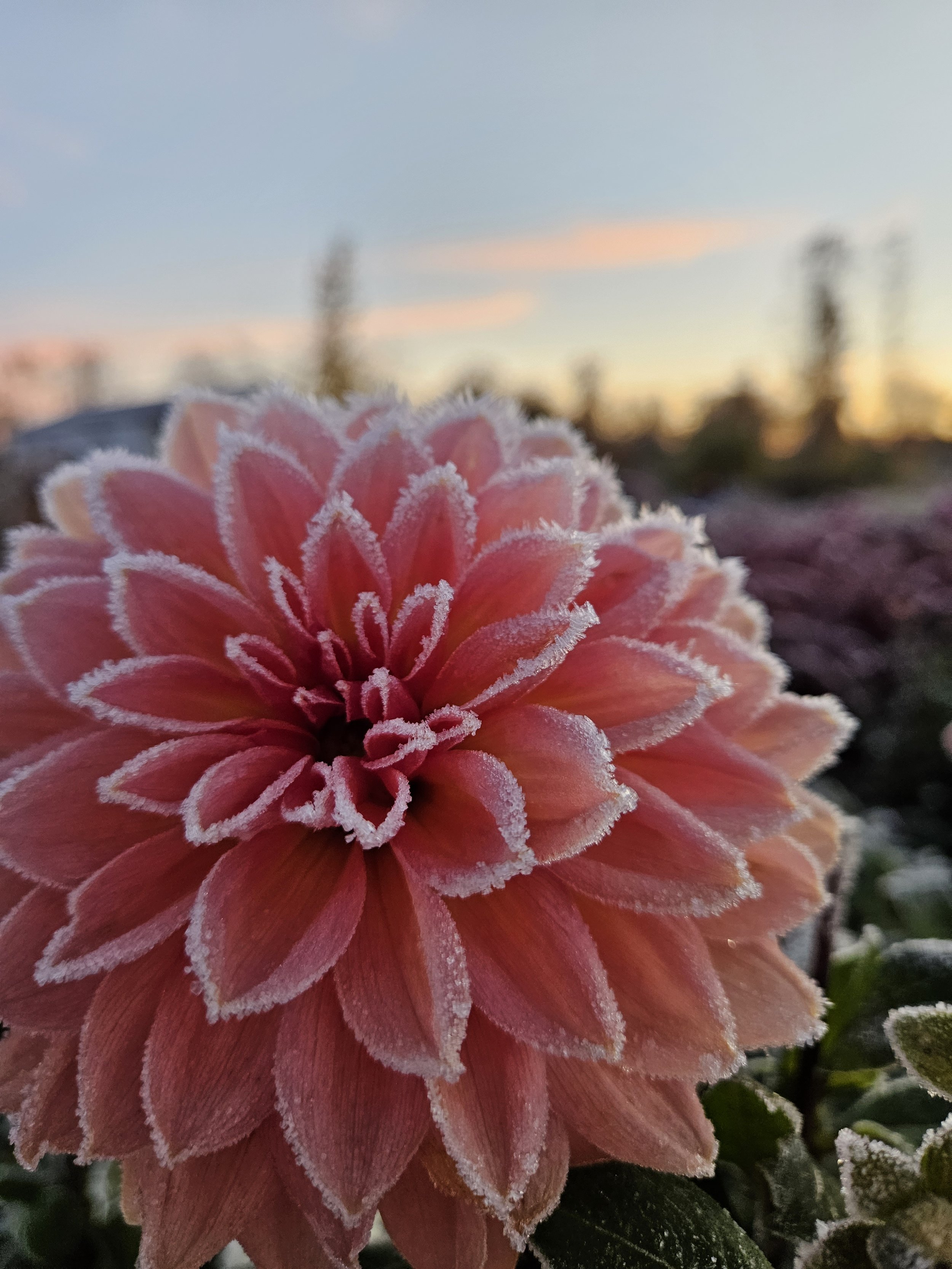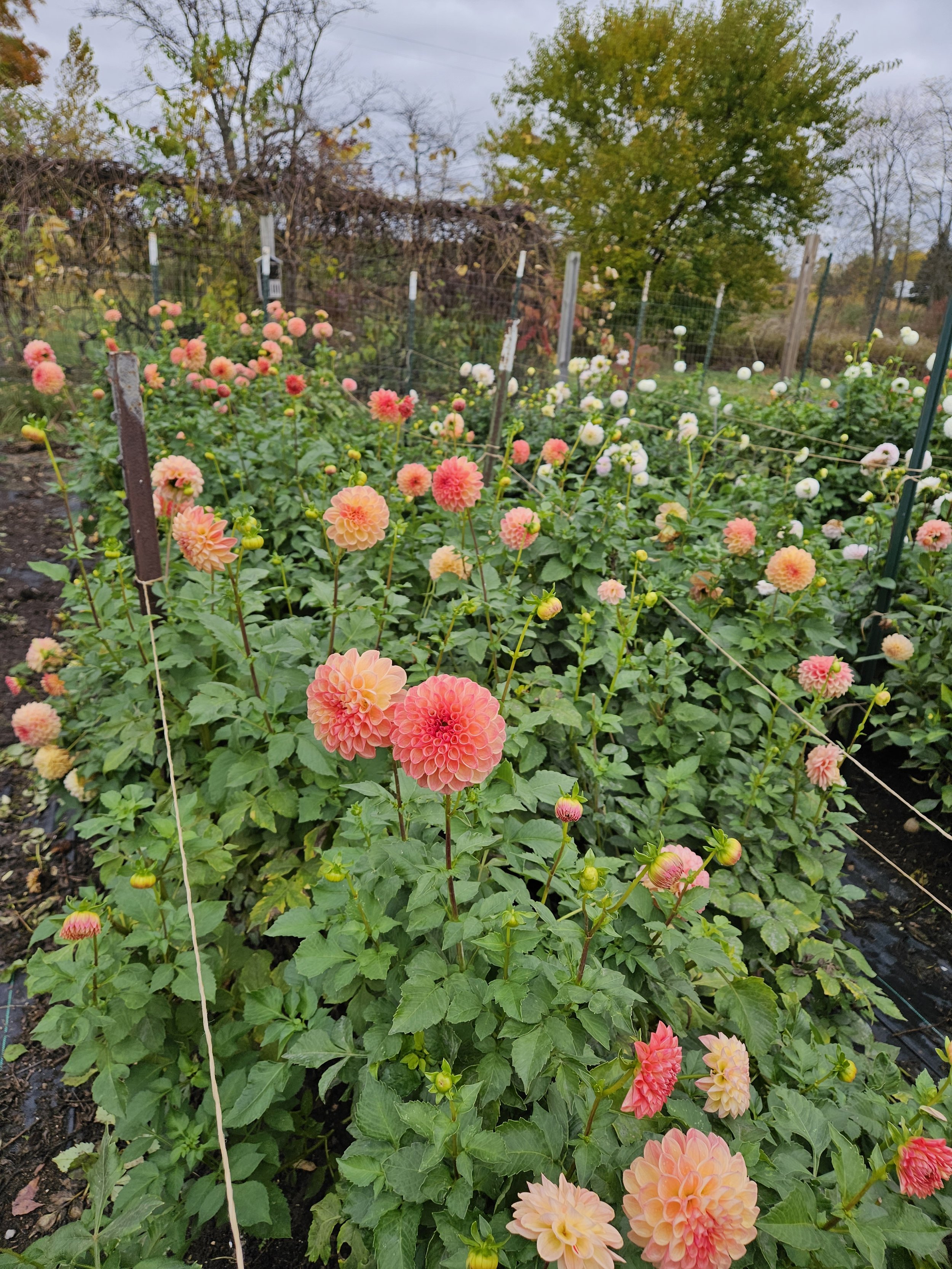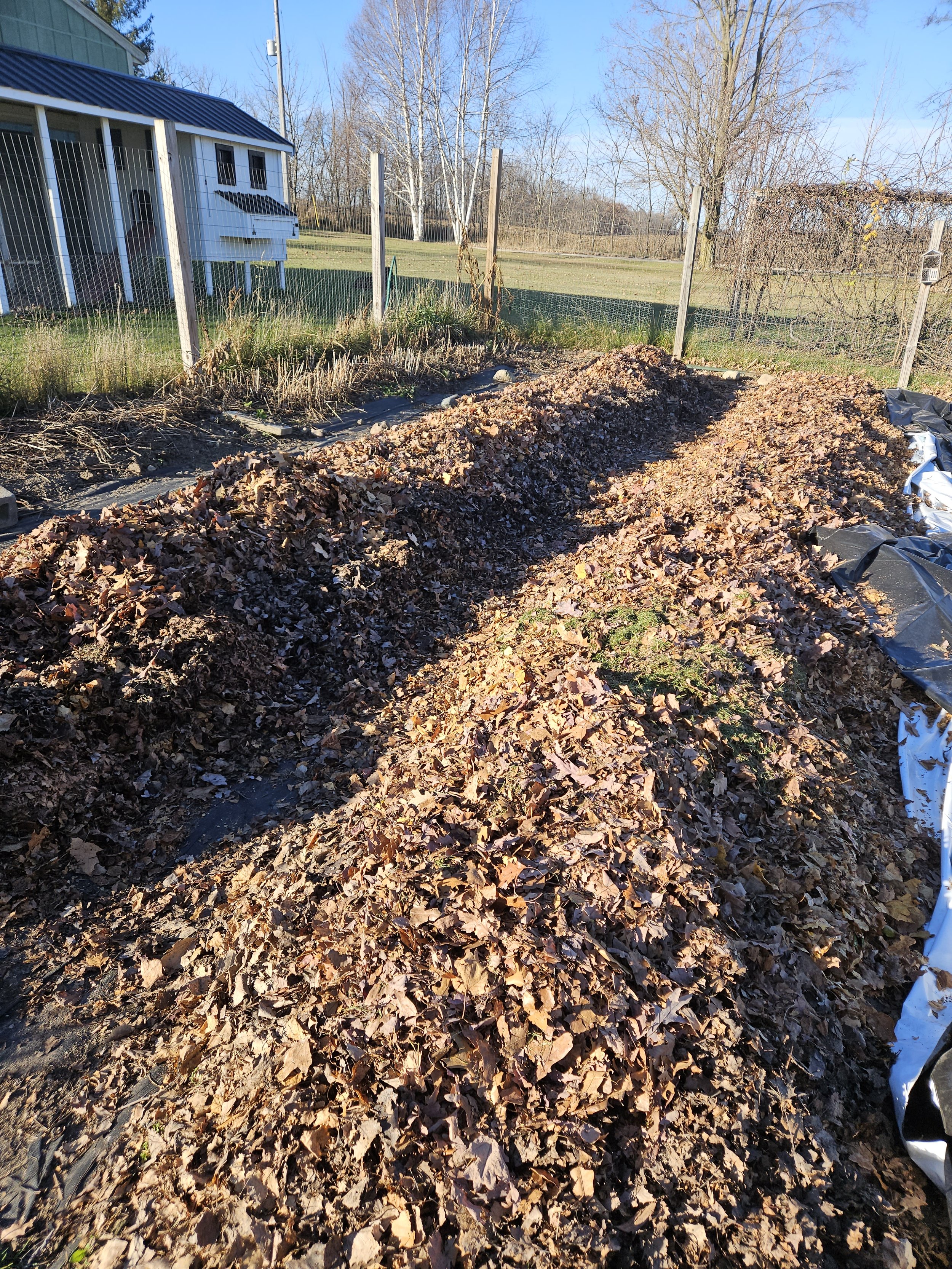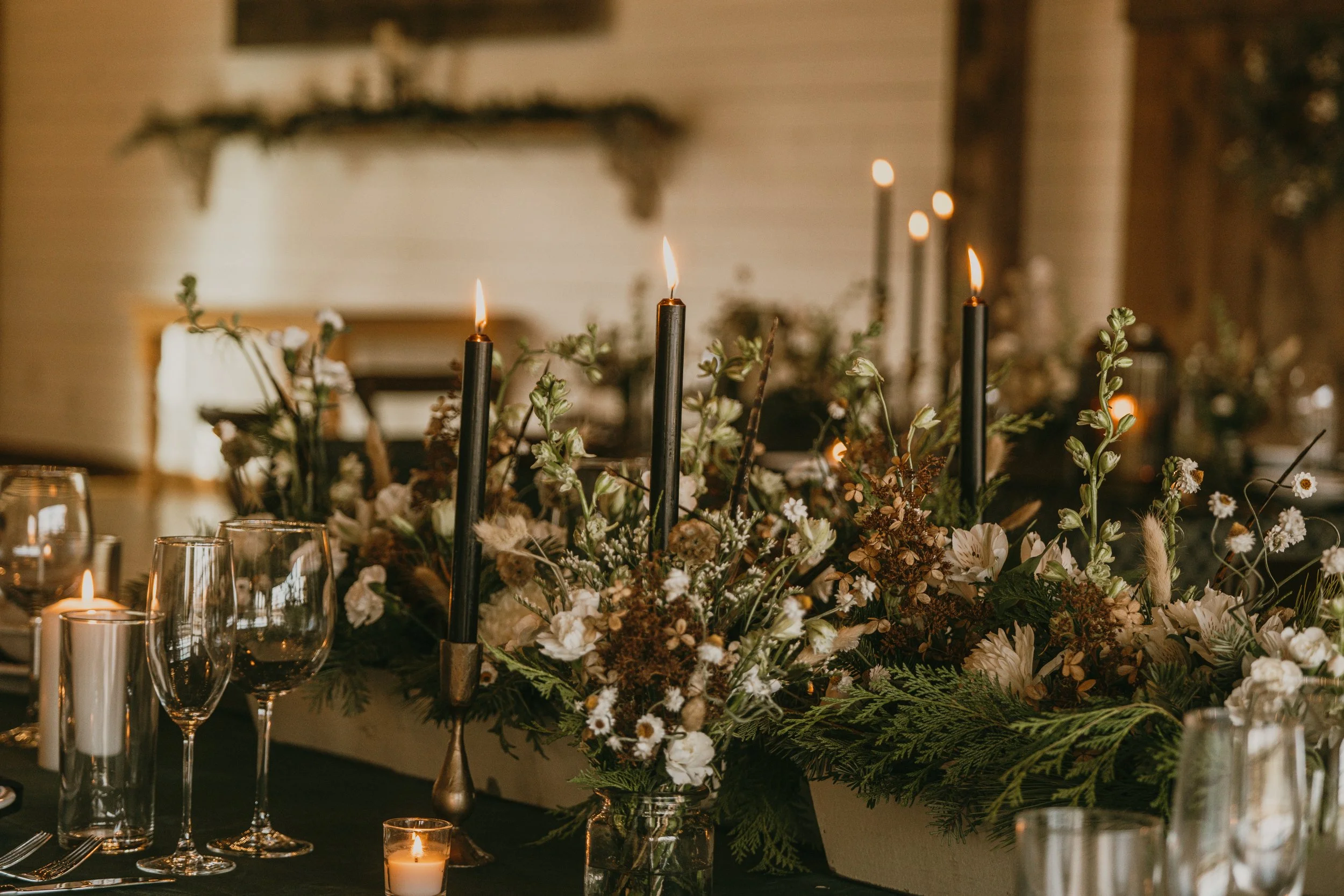Overwintering Dahlias in Michigan Zone 5b
Let me start by saying, I learned this from going to a field day with Jennie Love at Love'n Fresh Flowers in Philadelphia, PA. She was 100% my inspiration for this project. She has done this for many seasons on her own farm and generously shared her knowledge from her zone 7 /6b experience with us. She also has a blog post about her process, click HERE to read it. Going to her farm and learning about all she does from the soil up, will really make you think twice about digging and hosing all that soil biology off your tubers. I dare you to not feel bad next time you are spraying those “dirty” tubers squeaky clean!
Also, let it be known, that this is my experience, with my land, my resources, my understanding, and the weather that mother nature dealt us throughout 2022 and 2023, which was extremely mild for our normal climate. There are no cut and dry rules for doing this, and what worked for me may not work for you, or may not even work for me in any given year with any given weather patterns. The dahlia tubers I experimented with were extras and if they would have succumbed to the cold, that would have been ok with me. I would have never tried this experiment with the entire stock of my tubers. I also think this would also be hard to accomplish if you have heavy clay soil, low wet ground, or places that flood in torrential rains or heavy snow melts.
If you are not a flower farmer and reading this; here is a quick summary of how to grow dahlias. For each plant grown, one tuber gets planted in the spring. It grows throughout the season and produces a clump of tubers that need to be dug, stored in a cool/dry place, split and replanted every season. Dahlias are typically one of the most labor intensive flowers to grow on any flower farm!
The Dahlia Beds Spring 2022
The dahlia beds where I started this experiment are made from dumping raised beds of soil/compost on top of the ground which essentially means we are planting tubers above ground level. We used the tractor to drop soil to create beds, somewhere around eight inches deep. We started doing this as a no-till way of growing and it has benefited our farm in more ways than one. I planted all my extra tubers into two newly laid beds in the spring of 2022 and let them grow and bloom throughout the season. The rows are about 70 feet long and 4 feet wide, and tubers were planted way too close together at somewhere between 9-12 inches. I planted about 70 -80 tubers per row with no intention of them living and absolutely no expectations. This was my low risk way of seeing if it would work.
Fall/Winter Prep 2022
In the weeks after the first frost of 2022, which came in early October, I slowly began to cut back the foliage and started collecting; mulched leaves, pine needles, grass clippings, whole leaves, whatever I could find and get. A lot of people also graciously offered their bagged leaves to me as well. By the end of October the leaves were piled high on top of our dahlia rows (probably between 1-2 feet of leaf mulch) and one row even got a layer of burlap coffee bags. By the end of November the two rows were covered with a silage tarp and weighed down with all the fun items you find around a large property (old tires, old 4x4s, large rocks, etc.). It was also quite dry by the time the silage tarp went on, which helped. You want to make sure your tubers stay as dry as possible so as to not rot over the winter months.
Winter 2022-23
Winter was MILD to say the least. There was no polar vortex, no torrential rains, not much snow, and it was relatively sunny during our usually gloomy winter months. Our zone 5b acted more like a 6b and it was the perfect conditions for overwintering dahlias. Not that I ever want a freezing cold and gloomy winter, but it would have been nice to test this with an extended period of extreme cold. A few times during a nice warm winter day, I would unwrap a corner and stick my hands into the soil, it was loose, and dry, and the tubers looked healthy and in perfect condition.
Spring 2023
Spoiler alert….we have major success! May 7th, I took the silage tarp off the dahlias; they were already growing a ton of sprouts and burning their tips on the top of the silage tarp. It was a VERY hot day and week, so I removed most of the leaves off of them to let them get sunlight and green up. In one week they went from anemic looking white sprouts to BEAUTIFUL green, healthy plants. It worked and it was glorious! However, on the night of May 17th we got a hard frost and I lost every single speck of green foliage. It was so sad, but I’m glad it happened; and it also happened one more time on May 22nd. And let it be known, I had frost damage on June 8th this season. Enough already! So, would I have done anything differently? Maybe. But we had a really weird and unpredictable spring with hot days, and late frosts. The only thing I could have done differently is left all the leaves piled up until all the threat of frost was gone. Maybe I’ll do that this coming season. I considered the hard frost to be a good healthy pinch.
Also, there was tuber loss. I think of about 140-150 tubers total, I maybe lost around 20. Typically, when there was a space without a plant growing, I fished around the soil to see what was going on; most of the time I found a wet mushy tuber. And I didn’t find that any tuber variety overwintered better or worse than any other.
The conclusion at this point is that this was a major success and the plants that were growing were the largest and healthiest dahlia plants I’ve ever grown. I’m absolutely sold on overwintering dahlias.
Summer 2023
By the time summer rolled around, drought was in full swing, however the dahlias looked incredible. The largest, healthiest plants I have even grown or possibly have seen. By July 16th, I had the first colored up bud, and by the end of July I was cutting BUCKETS of dahlias off MASSIVE plants. Honestly, I expected them to bloom sooner, however we were in a severe drought and heat period for most of May and June, and that stunted all the plants in my fields, so I’ll assume it stunted the dahlias as well. In a more “typical” summer, I think they would have bloomed 2-3 weeks sooner.
Most of the dahlia plants towered over me, which isn’t too hard to do as I’m pretty short, however, many of the tall varieties (Blizzard, Diva, Thomas Edison, Terra Cotta, Snoho Doris) grew to 6 or more feet tall and had dozens of stems coming from each tuber clump. It was wild and unbelievably productive; truly like nothing I’ve ever seen.
In true experiment form, I didn’t pinch them, stake them, baby them, cover them, or give them any special treatment, mainly because that’s how I roll but also because I wanted to really observe what I saw this season. They definitely needed more water and nutrients; that would have helped keep their foliage looking healthier longer, but honestly, I gained a ton of knowledge by being able to compare them to a newly planted third row of dahlias that I planted in spring 2023 which were looking very dark green and healthy. However, the sheer amount of blooms I had coming out of those two rows were more than I could have ever imagined and more than I needed.
Fall 2023
These plants are massive, unruly, extremely productive, and my most exciting accomplishment on the farm. As I prepare to cull the dahlias I don’t want to grow anymore, thin out the overcrowded rows, and cut everything back in order to do it all again, I am extremely grateful I invested the time and money into this experiment. It gave me hundreds (thousands?) of extra dahlia blooms that I wasn’t expecting this season, but gratefully accepted.
As I am currently preparing for winter number two with my overwintered dahlias, the game plan is to amend the soil heavily before I cover as well as to keep on it more in the spring and summer. These MASSIVE plants need more nutrients than regularly planted dahlias.
As we move into winter 2024, I not only have decided to over winter the field dahlias for a second year, I have also decided to overwinter the dahlias in my fenced in “dahlia garden”. I actually dug one clump up of each variety in order to have some back up tubers, but it has made fall clean up a lot easier around here. The one thing to note is that this fall was much rainier than last season. I’m slightly nervous I will see more rot than last season, however, I still have high hopes for success.
With the expense of growing dahlias (due to the high cost of tubers and the extremely labor intensive process), the only way I see them truly pulling their weight on the farm is to overwinter them. Huge shout out to those who bagged and donated leaves; I couldn’t have done this without you! Please feel free to reach out if you have questions, or leave a comment if this was helpful to you. I’d also love to hear if you have had success overwintering dahlias on your farm!
Happy hibernating this winter! Hope it is productive and restful!
XO
Dana
